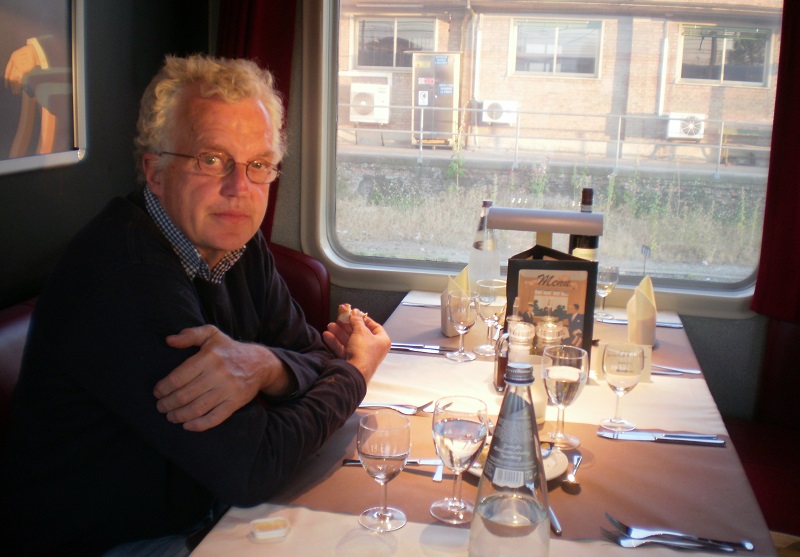Over the years as a transport writer, I have covered numerous attempts by entrepreneurs and idealists to make use of the canal network, that wonderful precursor of the railways, as a transport system. They always seem to come to naught even though many canals on the Continent have retained substantial commercial traffic because of bureaucratic barriers and entrenched attitudes.
Inland waterways are perfect for low value slow transport such as refuse. The latest idea exploits that and would take of thousands of annual lorry trips off North London’s overstretched roads by using the Lea Navigation canal to carry rubbish to Britain’s biggest incinerator at Edmonton. Instead of the dustcarts driving all the way to the incinerator, the rubbish would be transferred in containers to a barge that goes on the canal to Edmonton.
Using a £300,000 grant from the Department for Transport, a pilot scheme was run in 2003/4 in Hackney using containers that can be transferred easily from the dustcart to the barge. According to the independent report on the trial produced by Urbecon Ltd for Hackney Council, the council could save 60,000 lorry miles and 3,500 operating hours if it were implemented.
Moreover, by enabling the dustcart fleet to be used more intensively, the fleet could be halved as each vehicle could do two rather than just one, rounds per day.
There were a few technical problems but overall the study reckons the concept would ‘significantly reduce waste management costs’ as well as cutting emissions of greenhouse gases and other pollutants by a half. The concept has been used on the Continent to transfer similar rubbish containers to the railways as well as canals, and while introducing the system would obviously need new capital investment, overall the idea is viable.
Hackney, which was originally a bit sceptical, now supports the plan.One of those involved in the project, Nick MacWhirter of Intermodal Solutions, reckons that 17 of London’s 32 boroughs could make use of the canal to help dispose of their refuse. However, progress on the scheme has foundered because no one is in charge of driving through such environmentally important ideas.
MacWhirter is convinced that the technical problems can be overcome but that the desire to make use of the canals is not on the agenda of the British Waterways Board which owns Britain’s canals. The BWB is under constant pressure from the government to cut its budget and sees its role as a property developer: ‘The British Waterways Board wants to build houses overlooking the canals and feels that potential purchasers may not like the idea of having rubbish carried past on barges.’ Moreover, there is no financial incentive because British Waterways has not increased its charges for 30 years, which means that under current arrangement it would collect only £600 annually for the Hackney scheme.
MacWhirter reckons there are 30-40 similar schemes around the country where the canal has potential commercial use which has not been exploited. He is even planning to set up a website for the exchange of information for those seeking to exploit the canals in this way.
One of the problems is that the canals come under the aegis of the Department of the Environment, Food and Rural Affairs, rather than the Transport which, of course, were once put together to satisfy John Prescott’s ego and then separated again. Here, though, is an opportunity for a little bit of joined-up government to make use of the canals for the purpose for which they were originally built and help cut carbon emissions.
